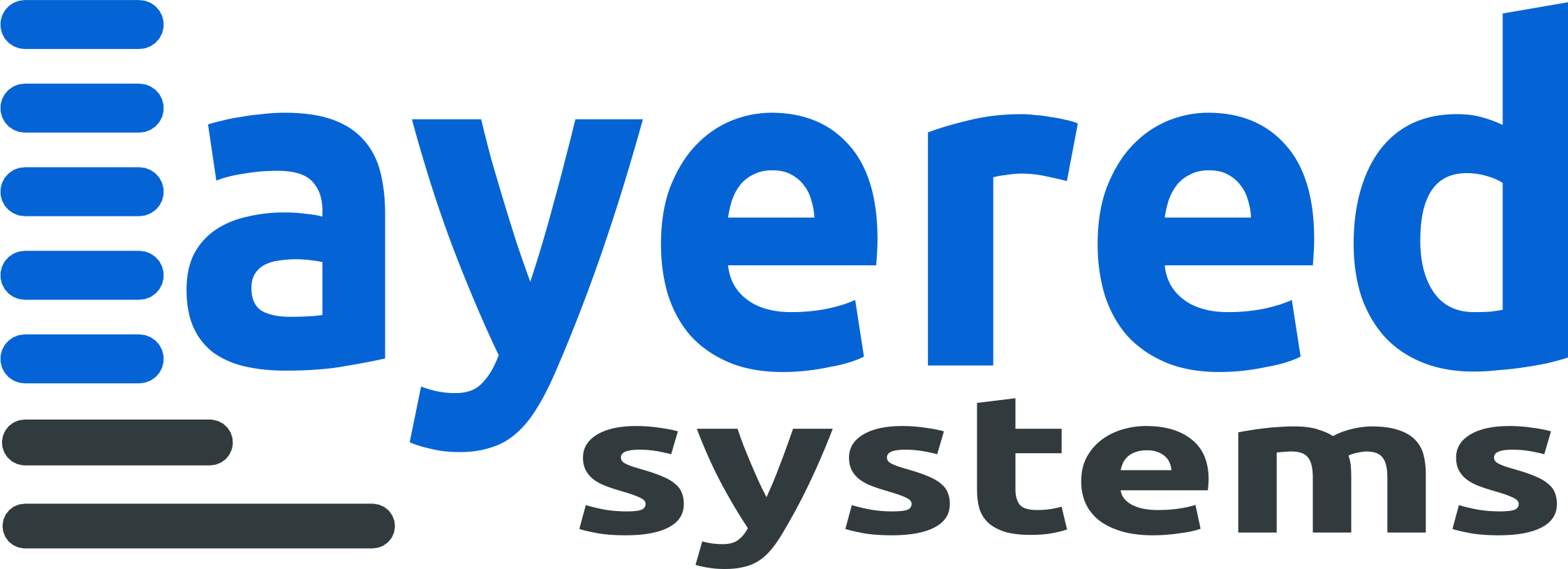At their most recent press conference on Windows 10, Microsoft announced several new exciting features for the operating system, as well as a new piece of hardware that looks like something out of a sci-fi film.
Cortana: Microsoft’s Answer to Siri
After the popularity of Apple’s Siri and the critical praise for Google Voice Search, Microsoft decided to develop their own “digital assistant” driven by voice commands. This virtual persona is called “Cortana,” and it already exists on some Windows phones with basic functionality. Cortana seems to function similarly to Siri, in that she can search the web, schedule appointments, etc. Where Cortana has the opportunity to stand apart, however, is her more complete integration with the operating system. This means, for example, one could ask Cortana to make a photo album of pictures from September through November. Cortana can then read the “metadata” (which contains information on when files are created, and by whom) of a user’s My Pictures folder, and create an album based on the dates the photos were created. This is just one small example of the timesaving functionality for which digital assistants are intended.
Say Goodbye to Internet Explorer
After 20 years, Microsoft is finally retiring Internet Explorer. While they held a firm grasp on the usage share through the late nineties into the early 2000s, competitors like Chrome and Firefox arose and have since challenged Internet Explorer and have proven to be more flexible, user-friendly, computer-friendly, and secure than Internet Explorer. As such, Microsoft has abandoned the fundamental Trident engine that has driven their proprietary browser for years, and has developed the new Edge engine. It is on this new engine, which is more similar to Firefox and Chrome in that it allows user-created plug-ins, or “extensions”, that Microsoft will build their new internet browser, currently code-named “Spartan.” In addition to allowing users to customize their experience, Spartan will be equipped with features designed to dramatically improve the user experience. A feature called “Reading List” will aggregate a user’s favorite websites and articles into a list that is formatted to be easily read and browsed each day. Connectivity between devices, along with Windows 10 being built for all devices, will allow a user to maintain and peruse their Reading List from their desktop to their tablets to their smart phones.
In addition, Cortana will be built into Spartan as well. In a demonstration, Microsoft showed how when looking at a menu online for a restaurant, Cortana pulled up directions to the restaurant in a panel on the right side of the browser, while the user continued scrolling through the menu. It seems Microsoft is dedicated to creating a user-friendly environment, which makes sense after the general failure of Windows 8 along with Apple’s ever-growing portion of the market share.
The Future is Now: HoloLens
Perhaps the most exciting thing previewed at the press conference was a new piece of hardware, dubbed the HoloLens. A headband with a visor, this device will allow a user to project holograms into their daily life. From pulling up a virtual screen with Outlook, to creating and manipulating 3D objects, to turning one’s living room into a pixelated Minecraft world or even the surface of Mars, HoloLens promises to transform and narrow the relationship between “real” and “digital”. The HoloLens runs a beefy computer processor and graphics processor, but also a new technology, a hologram processor. This hologram processor captures massive amounts of data from cameras built into the device, and changes the refraction patterns through the visor such that very real-looking holograms integrate with the reality surrounding a user. While just announced, Microsoft showed off a very impressive range of application for the HoloLens, and in the months to come, you can be sure they’ll be highlighting even more exciting possibilities for the technology.
Windows 10 is scheduled for release in late 2015. You can install a technical preview of Windows 10 from Microsoft by joining their insider program. While no release timetable has been given yet for HoloLens, one can likely expect to see it either alongside the release of Windows 10 or shortly thereafter.







